TA-GOLD
Bacillus spp. – An Effective Probiotic Application in Shrimp Farming
In aquaculture, especially shrimp farming, Bacillus has long been proven safe and effective in stabilizing the aquatic environment and preventing diseases. Periodically treat water and pond bottom with fermented biological products from Bacillus spp. Not only helps to decompose detritus, but also has the ability to inhibit harmful bacteria, while maintaining the balance and diversity of the pond ecosystem.
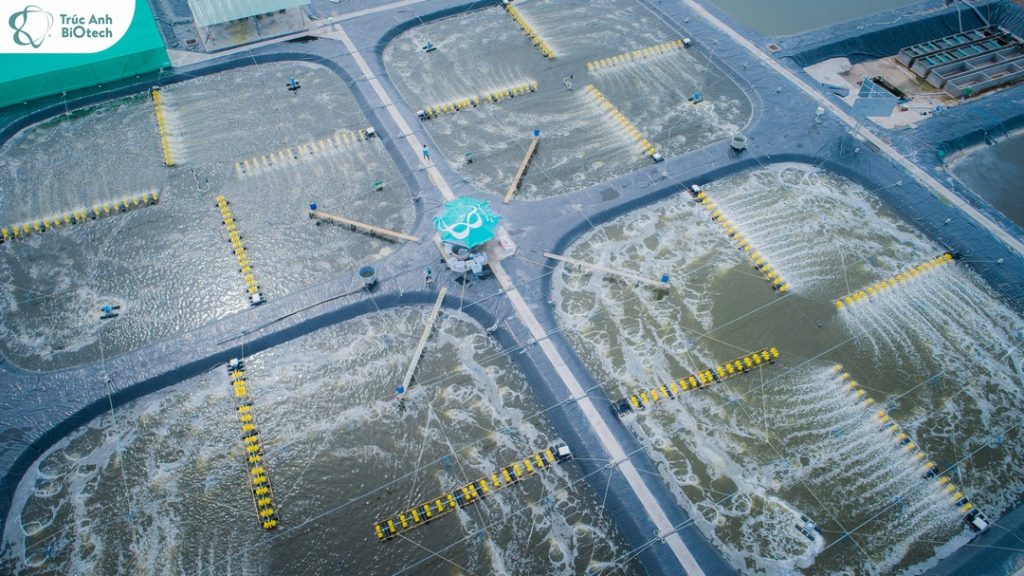
Bacillus spp. – An Effective Probiotic Application in Shrimp Farming
1. What is Bacillus?
Bacillus is a gram-positive bacillus that can exist either vegetatively or as a sporophyte and usually grows rapidly in an aerobic environment. Bacillus has many different strains and is widely distributed in nature, from terrestrial to aquatic, both in the animal body and in the human intestinal tract, most of which have been shown to be beneficial bacteria.
Bacillus bacteria in the form of spores, when exposed to the right temperature and nutrient source, will quickly grow and multiply in the vegetative form. The metabolism during this growth will release a variety of enzymes, amino acids and antibacterial substances, which are compounds that are widely used in medicine, environmental treatment, food industry and even farming. aquaculture.
2. Uses of Bacillus spp. In Shrimp Farming
With many outstanding advantages such as producing a large amount of enzymes to help decompose detritus, increasing the resistance of shrimp, balancing the microbiome, cutting toxic algae and inhibiting pathogenic bacteria, Bacillus spp. has been widely used in both shrimp feed and environmental treatment probiotic products. Fermented products from Bacillus bacteria often stand out from other probiotic products thanks to their high safety, stability, and long shelf life at room temperature.
2.1. Antibiotics substitution, improve shrimp health
Bacterial diseases, specifically Vibrio bacteria, are always an obsession for shrimp farmers because of the great damage they cause. That’s why farmers often use antibiotics and bactericides in the farming process to prevent and cure shrimp diseases.
However, the use of antibiotics is quick, but in terms of safety and effectiveness, there are “advantages and disadvantages” because antibiotics not only kill bacteria but also kill beneficial bacteria, disrupting the balance of microbiota in ponds and causing other disease outbreaks. The cost of environmental treatment in the long run will be ‘expensive’ a hundred times higher than the immediate ‘cheap’ price that antibiotics bring; That is not to mention the reduction in shrimp value when considering the current regulations prohibiting antibiotic residues.
Therefore, using bacteria to inhibit bacteria can be considered a safer, more effective and reliable preventive measure. When added to the pond, the rapidly proliferating Bacillus will compete for nutrients and living space, thereby inhibiting the proliferation of harmful bacteria. Some strains of Bacillus also have the ability to produce antibacterial substances such as active proteins, polypeptides, bacteriocins, etc., which inhibit common pathogenic bacteria.
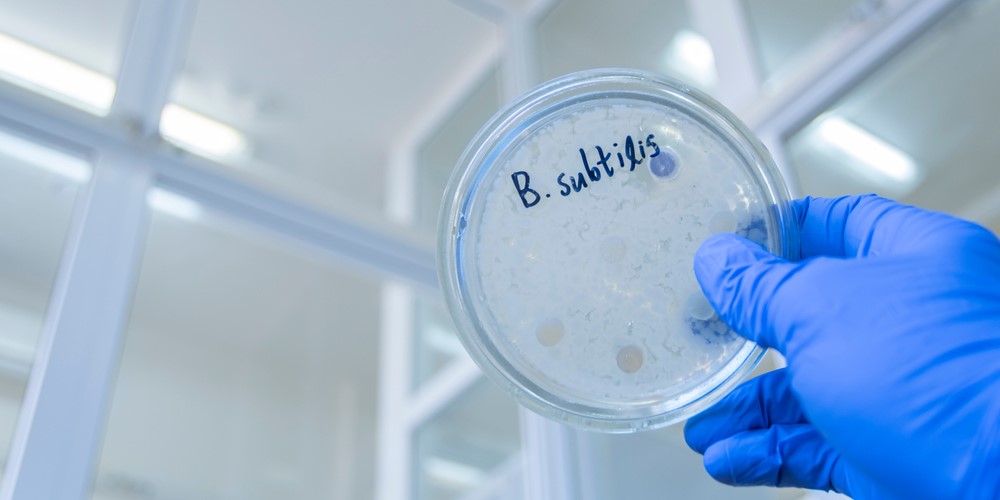
Bacillus probiotics also directly improve the health of farmed shrimp
In addition, Bacillus probiotics also directly improve the health of farmed shrimp through the benefits that have been researched and proven in practice such as:
- Create biofloc, providing nutrients for shrimp (especially amino acids and vitamins);
- Increase the activity of protease and amylase in the intestinal tract, support the digestion of shrimp;
- Some strains of Bacillus can produce acids, reducing the pH in the intestinal tract, thereby inhibiting the growth of harmful bacteria;
- Produce substances that increase the immune response of cells and fluids, thereby enhancing the immune system of shrimp.
2.2. Decompose detritus, purify water and detoxification gases
During the farming process, the amount of detritus from excess food, shrimp manure and carcasses accumulated for a long time is both a source of nutrients for harmful bacteria such as Vibrio and creates toxic gases such as H2S, NO2. , NH3… in anaerobic decomposition. Changing the water and siphoning the pond’s bottom can partially solve this situation, but it cannot be done regularly because it will cause environmental fluctuations, affecting the growth rate of cultured shrimp, as well as leading to many other risks.
By adding Bacillus spp., farmers can completely solve this problem. Because when Bacillus spores meet with water and a eutrophic environment, they will quickly turn into a vegetative state and proliferate. This proliferation process produces specific enzymes such as:
- Enzyme protease (contributing to the rapid breakdown of detritus);
- Enzyme lecithinase (hydrolyze complex lipids);
- Enzyme cellulose (converts cellulose to sugar).
These enzymes will break down large molecular detritus into small molecule detritus for use by beneficial bacteria in the water such as photosynthetic bacteria, nitrifying bacteria, thereby reducing the formation of harmful substances. Limit the excess food becoming a source of nutrients for harmful bacteria.
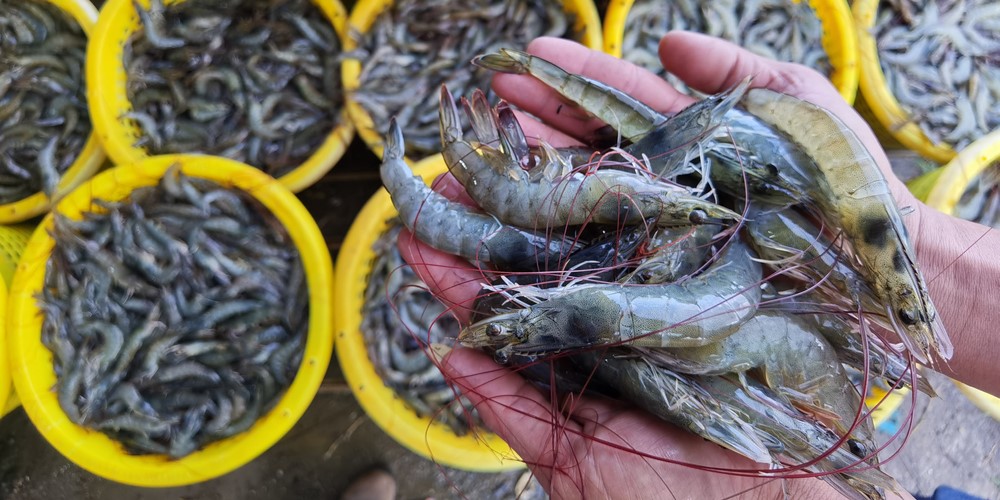
By adding Bacillus spp., farmers can completely solve this problem
2.3. Balance microbiota, stabilize water environment
Probiotic Bacillus are also used in coloring and water quality management. Enzymes released by Bacillus during growth will decompose organic waste, thereby purifying water, optimizing photosynthesis, creating the necessary nutrients for algae to absorb and biomass.
Besides that, Bacillus spp. also has the effect of regulating the ratio of N:P through the treatment of nitrogen compounds. Depending on the pond conditions, Bacillus spp. can be used. to cut toxic algae and create an optimal environment for beneficial algae to grow.
3. From Research to Practical Application
As mentioned, Bacillus is very diverse in species, (B. subtilis, B. pumilus, B. licheniformis…) and each different strain will have different functions and enzyme activities. Understanding that, Truc Anh BiOTech tried hard to collect and screen Bacillus strains with high activity enzymes from ponds with a history of consecutive success through many farming seasons. From there, isolation and culture were carried out to produce TA-Gold, a probiotic product with high bacterial content and the quality of ‘real rice fresh gold’ as it was named.
Tested and certified in accordance with the technical requirements according to QCVN 02-32-1:2019/BNNPTNT, TA-Gold can be used in all stages of the crop and for a variety of purposes from coloring water, detritus treatment, cleaning up the bottom and pond water to create biofloc as an additional food source for shrimp.
Depending on the purpose and conditions of the pond, farmers can adjust the dose and time to use TA-Gold accordingly. But the average time for each culture is 90 days and the pond is 1000m3, with a 0.5kg weight package:
| Culture model | Amount(packages) |
|---|---|
| Extensive, semi-intensive | 5 |
| Intensive | 30 |
| Super-intensive | 40 |
In order to increase shrimp’s value and make each crop a bountiful season, that is the belief and also the wish that Truc Anh BiOtech has put into TA-Gold products: the yellow color of quality and also the color of hope. The cost will be very small compared to the great benefit that the product brings when the water environment is always in an optimal state, helping shrimp grow healthy and reduce other processing costs, thereby increasing profits.
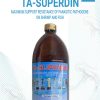
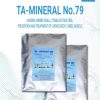
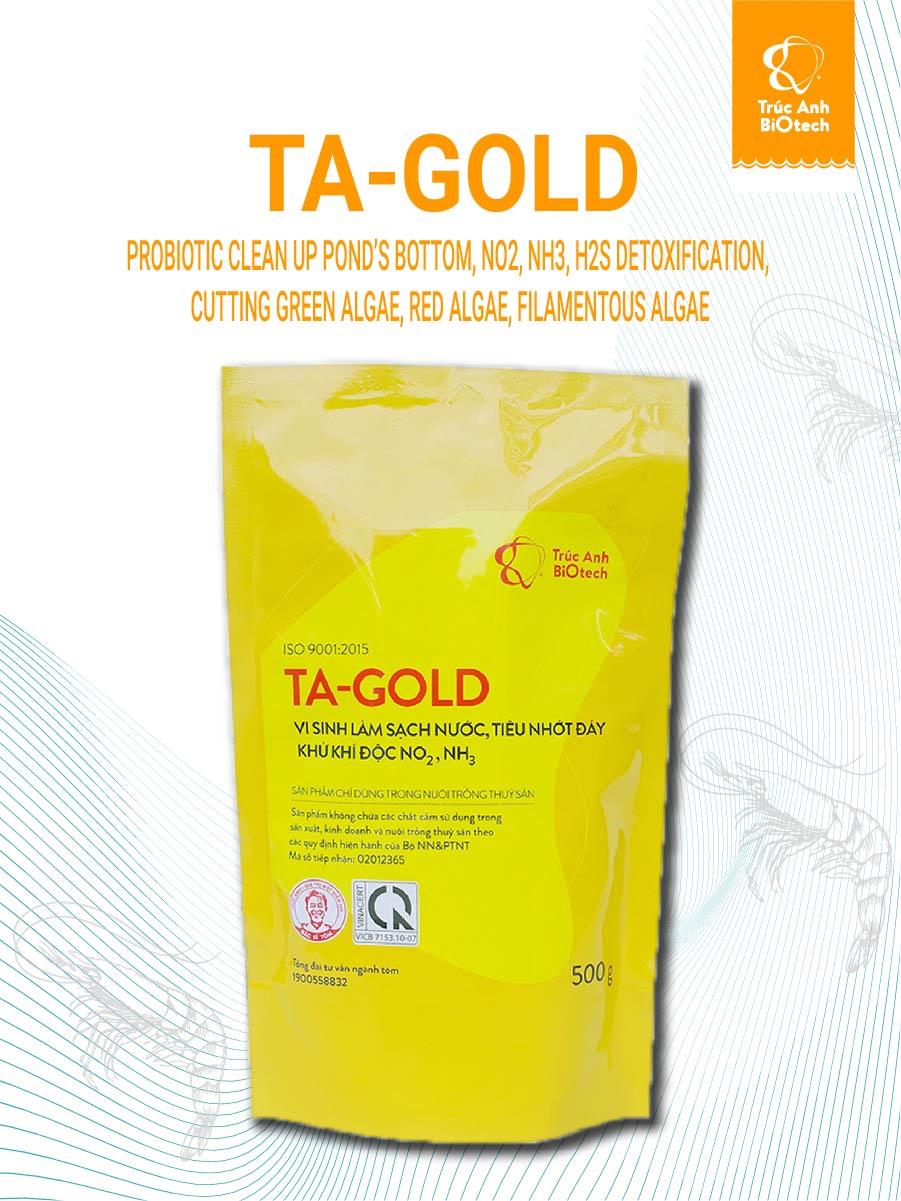
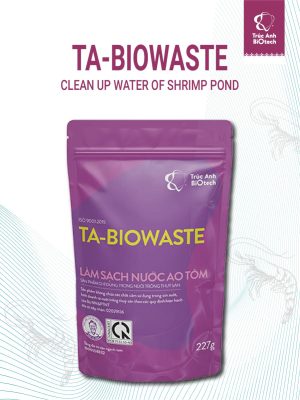
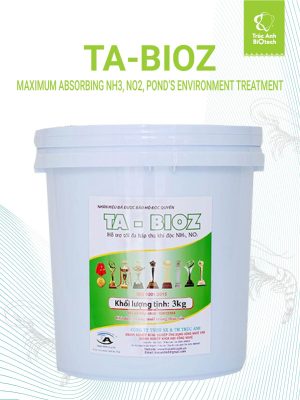
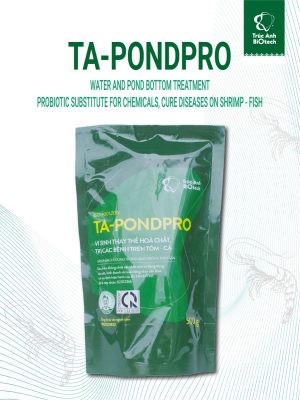
Reviews
There are no reviews yet.